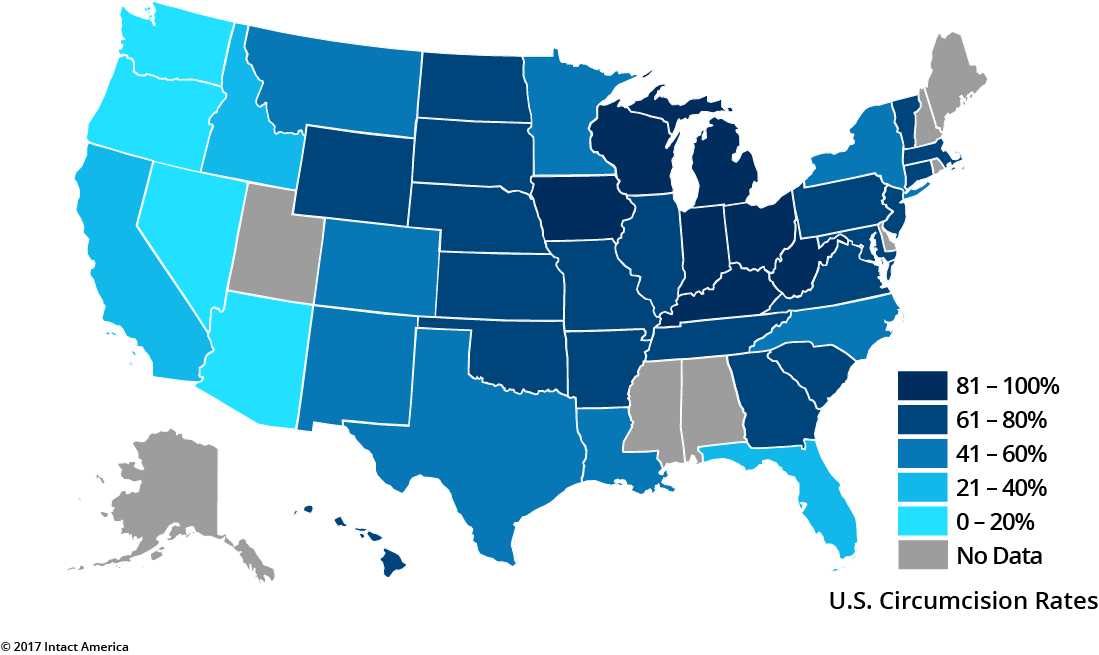

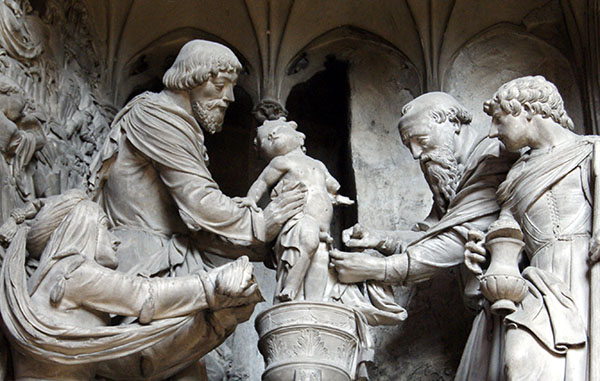
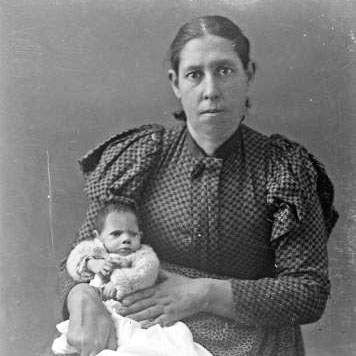
Before 10,000 BC
Australia, Middle East, Africa, South & Central America

Removing the foreskin began at various places and times as a rite of passage from boyhood to manhood.[1]
After 10,000 BC
Middle East
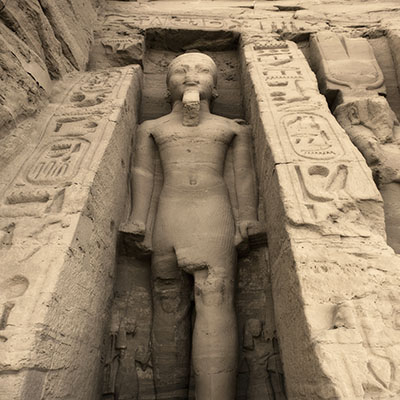
In ancient Egypt, captured warriors were often marked by circumcision before enslaving them. The practice also extended to their male descendants.[2]
Before 600 AD
Middle East
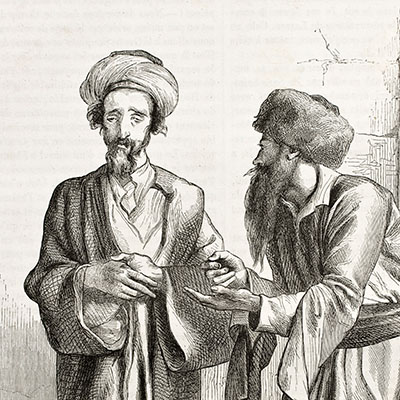
Jews adopted circumcision from the Egyptians and are believed to be the first to perform it upon newborns.[3] Muslims circumcise boys, generally between the ages of five and twelve.[4] Many passages in the New Testament tell Christians that circumcision is not a necessary part of their faith.[5]
Circa 1200
Mediterranean

In his Guide for the Perplexed, Jewish rabbi and philosopher Moses Maimonides wrote: “One of the reasons for [circumcision] is, in my opinion, the wish to bring about a decrease in sexual intercourse and a weakening of the organ in question...”[6] Interestingly, the fact that circumcision causes pain and decreases sensitivity (thus inhibiting sexual activity) is often denied by physicians who promote it today.
Mid-19th century
England, United States
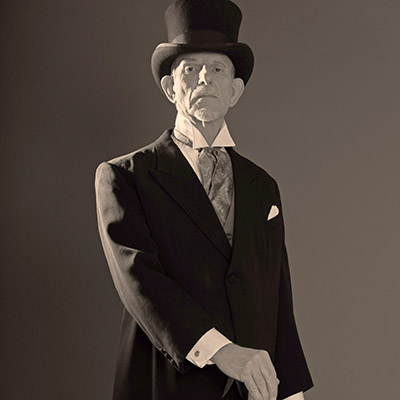
Victorian-era doctors in the English-speaking world began promoting circumcision as a “cure” for masturbation, which was thought to be terribly unhealthy.[7] In smaller numbers, women were also subjected to the removal of their clitorises to inhibit their libido and to “cure hysteria.”[8]
Early 20th century
United States

The American medical community began to increasingly adopt newborn circumcision, justifying it by saying it reduced infections, prevented “phimosis” (a tight foreskin – totally normal in young boys), and was “more hygienic.”[9] Over the years, despite the lack of scientific proof as to its benefits, circumcision became the fashionable thing to do. Its continuing popularity can be attributed in large part to the U.S. fee-for-service medical system, where each procedure generates a charge and income for the doctor.
Mid-20th century
United States

By the 1970s, circumcision was peaking in popularity in the U.S., with about 85 percent of males being circumcised.[10] At the same time, it was in decline in other English-speaking countries. Because so many men have been circumcised in America, it was long viewed as “normal,” but this is changing.
Outside the United States medicalized circumcision is rare. Approximately 75 percent of the men in the world enjoy their natural, intact genitals.
Beginning in the 1980s
United States

More and more parents – around 50 percent these days[11] – are choosing to keep their baby sons intact. Gradually, having a foreskin is becoming normal among American boys. Because circumcision is almost never medically necessary, letting your son make the decision is a healthy, respectful option.

